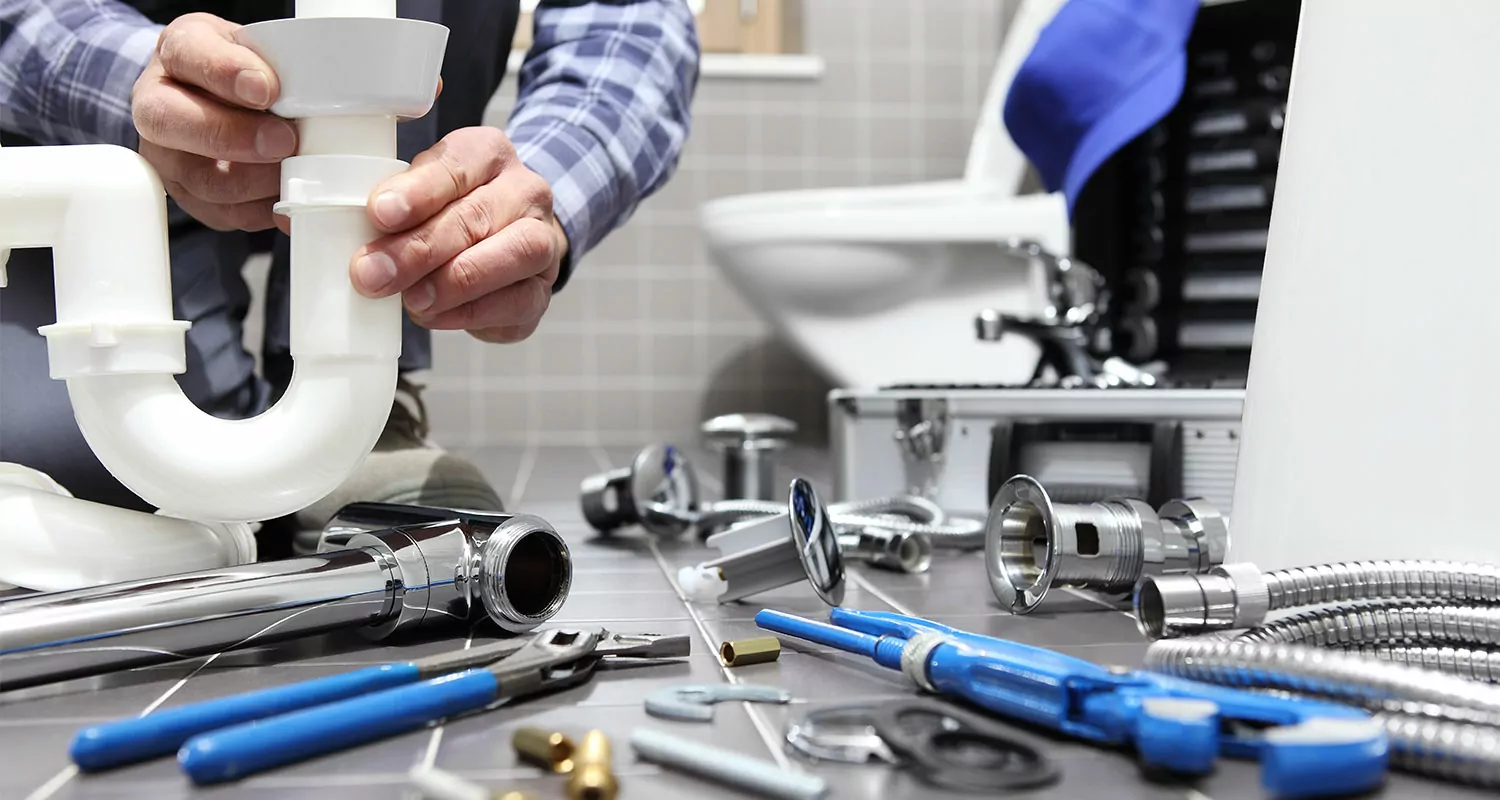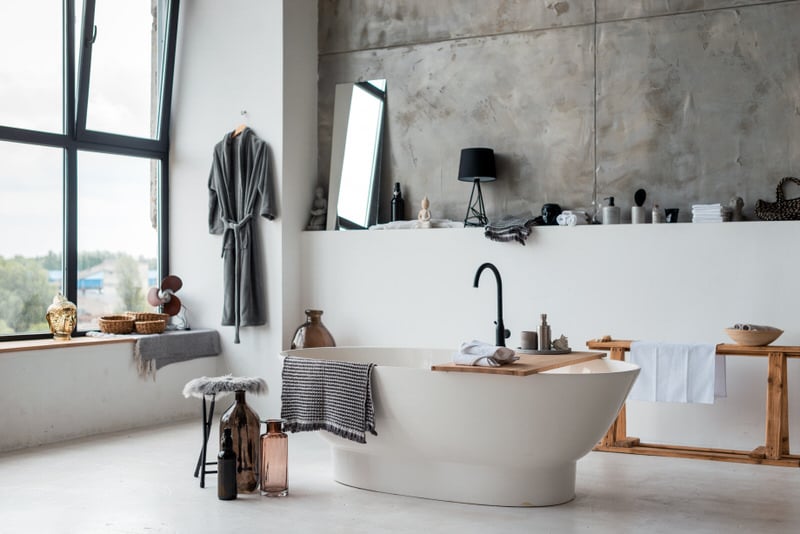They are making a number of great pointers on the subject of Innovative Plumbing Trends Transforming Construction overall in this post down below.

Introduction
The pipes market is undergoing a transformative stage driven by technological innovations and expanding concerns for sustainability and efficiency. This short article explores emerging patterns and innovations forming the future of pipes.
Governing Landscape
Regulatory structures play an essential duty in shaping the fostering of pipes innovations, with standards and codes governing everything from water efficiency to product security. As modern technologies continue to advance, regulative bodies need to adapt to ensure consumer security and environmental stewardship.
Future Outlook
The future of pipes is identified by continued development and assimilation with various other fields such as IoT, renewable energy, and building automation. By accepting sustainable techniques, leveraging arising modern technologies, and focusing on user-centric layout, the pipes industry is positioned to attend to the progressing requirements of culture while minimizing its environmental impact.
Increased Fact in Plumbing
Increased Truth (AR) technology is transforming pipes by giving service technicians with real-time visual guidance for repairing and repair work jobs. AR-enabled smart glasses or mobile applications overlay digital details onto the physical environment, helping plumbers envision pipe designs, determine hidden leaks, and implement fixings with precision.
Influence of 3D Printing
The advent of 3D printing has introduced brand-new possibilities in producing pipes elements. From custom-made components to elaborate pipe installations, 3D printing permits rapid prototyping and on-demand production, reducing preparations and enabling higher customization in plumbing style.
Health And Wellness Qualities
In feedback to increased concerns for health and wellness, pipes components are incorporating attributes such as antimicrobial surfaces, touchless procedure, and self-cleaning systems. These technologies not only boost hygiene however likewise advertise individual convenience and convenience.
Hygiene-focused Components
Touchless taps, self-sanitizing toilets, and antimicrobial surface areas are ending up being increasingly widespread in property and industrial setups, minimizing the risk of germ transmission and promoting a cleaner, healthier atmosphere.
Water High Quality Surveillance
Advancements in water quality monitoring technologies enable house owners to keep track of the purity and safety and security of their water in real-time. Smart water top quality sensors can spot contaminants, pH levels, and temperature variants, equipping customers to take positive measures to make sure water safety and security.
Remote Plumbing Services
Remote diagnostics and virtual help are transforming the way plumbing services are supplied. Via video clip conferencing and remote accessibility technologies, plumbing professionals can troubleshoot issues, supply advice for do it yourself fixings, and also do remote examinations, using higher access and convenience to house owners.
Obstacles and Opportunities
While pipes advancements hold immense guarantee, they also existing obstacles such as data privacy problems, regulative conformity, and the requirement for labor force training. Attending to these challenges needs cooperation between industry stakeholders and regulative bodies to ensure risk-free and accountable execution of brand-new technologies.
Smart Plumbing Systems
Incorporating smart innovation into pipes systems makes it possible for remote monitoring, leakage detection, and automated maintenance. Smart sensing units and IoT (Web of Points) gadgets enable house owners and plumbers to check water use and detect concerns in real-time, causing more effective source management and positive upkeep.
Water Effectiveness Solutions
With increasing emphasis on water conservation, ingenious remedies are being developed to reduce water waste in plumbing systems. High-efficiency fixtures, greywater recycling systems, and wise irrigation controllers are among the innovations assisting consumers decrease their water footprint while preserving comfort and ease.
Sustainable Materials
The change towards sustainability extends to pipes materials, with a growing choice for eco-friendly choices. Naturally degradable piping materials, such as PEX (cross-linked polyethylene) and HDPE (high-density polyethylene), offer sturdiness and resistance to corrosion without endangering ecological stability.
Anticipating Maintenance
Anticipating upkeep techniques take advantage of information analytics and artificial intelligence algorithms to expect and stop pipes concerns before they happen. By assessing historical data and efficiency metrics, anticipating upkeep formulas can determine patterns and abnormalities, enabling aggressive interventions to avoid pricey repair work and disruptions.
Verdict
Finally, the future of pipes is defined by a merging of modern technology, sustainability, and user-centric layout. By embracing wise services, lasting products, and aggressive maintenance methods, the pipes market can boost effectiveness, promote safety, and add to a much more lasting future.
The Future of Plumbing: Trends and Innovations to Watch
Introduction to Future Plumbing Trends
The future of plumbing is being shaped by several key factors, including technological advancements, environmental concerns, and changing consumer expectations. These factors are driving the development of new products, services, and practices that enhance the efficiency, sustainability, and convenience of plumbing systems.
Key Trends and Innovations in Plumbing
Smart Plumbing Systems: The integration of smart technology into plumbing systems is transforming the way we manage water usage and detect issues. Smart leak detectors, automated water shut-off valves, and smart faucets are just a few examples of how technology is enhancing plumbing systems. These devices provide real-time data and remote control capabilities, allowing homeowners to monitor and manage their water usage more effectively. Water Conservation and Efficiency: With increasing concerns about water scarcity, there is a growing emphasis on water conservation and efficiency. Innovations such as low-flow fixtures, greywater recycling systems, and rainwater harvesting are becoming more popular. Plumbers are adopting these technologies to help customers reduce their water consumption and save on utility bills. Sustainable Materials: The use of sustainable materials in plumbing systems is gaining traction. This includes the adoption of recyclable and biodegradable materials, as well as the use of non-toxic and eco-friendly products. Sustainable materials help reduce the environmental impact of plumbing systems and promote long-term sustainability. Energy-Efficient Water Heaters: Advances in water heating technology are leading to the development of more energy-efficient systems. Tankless water heaters, solar water heaters, and heat pump water heaters are becoming more prevalent. These systems offer significant energy savings and reduce the carbon footprint of homes and businesses. Trenchless Technology: Trenchless technology is revolutionizing the way plumbing repairs and installations are conducted. This method allows for the repair or replacement of pipes without extensive excavation, minimizing disruption and reducing costs. Techniques such as pipe bursting and cured-in-place pipe (CIPP) lining are gaining popularity. Health and Safety: The focus on health and safety is driving innovations in plumbing systems. Touchless faucets and fixtures, antimicrobial materials, and improved water filtration systems are being developed to enhance hygiene and protect public health. Plumbers are adopting these innovations to meet the growing demand for safer and healthier plumbing solutions. Remote Diagnostics and Monitoring: The ability to diagnose and monitor plumbing systems remotely is becoming increasingly important. Remote diagnostic tools and sensors allow plumbers to identify issues and perform maintenance without the need for on-site visits. This enhances efficiency and reduces the need for costly emergency repairs. Impact of Future Trends on the Plumbing Industry
Enhanced Efficiency: The adoption of smart technology and energy-efficient systems will enhance the efficiency of plumbing systems. This will lead to reduced water and energy consumption, lower utility bills, and improved performance. Sustainability: The focus on sustainability will drive the development and adoption of eco-friendly plumbing solutions. This will contribute to the conservation of natural resources, reduction of waste, and protection of the environment. Improved Customer Experience: The integration of technology and innovative solutions will improve the customer experience. Homeowners will have greater control over their plumbing systems, access to real-time data, and the ability to manage their water usage more effectively. Increased Demand for Skilled Plumbers: The adoption of new technologies and materials will require plumbers to acquire new skills and expertise. There will be an increased demand for skilled plumbers who are knowledgeable about the latest trends and innovations. Cost Savings: The use of efficient and sustainable plumbing solutions will result in cost savings for both homeowners and businesses. Reduced water and energy consumption, lower maintenance costs, and fewer emergency repairs will contribute to overall affordability. Preparing for the Future of Plumbing
Stay Informed: Keep up-to-date with the latest trends and innovations in the plumbing industry. Attend industry conferences, participate in training programs, and engage with manufacturers to stay informed. Invest in Training: Ensure that you and your team are trained in the latest technologies and installation techniques. This will enable you to offer cutting-edge solutions to your customers and stay competitive in the market. Promote Sustainable Solutions: Highlight the benefits of eco-friendly and energy-efficient plumbing solutions to your customers. Educate them about the advantages of adopting sustainable practices and products. Leverage Technology: Embrace smart technology and remote diagnostic tools to enhance your services. Offer remote monitoring and maintenance options to provide added convenience and value to your customers. Collaborate with Manufacturers: Partner with manufacturers of innovative plumbing products to gain access to the latest solutions and technical support. This can also provide opportunities for joint marketing efforts. Focus on Customer Education: Educate your customers about the benefits and functionality of new plumbing technologies. Provide guidance on how to use smart systems and maintain sustainable plumbing solutions. Conclusion
The future of plumbing is being shaped by exciting trends and innovations that promise to enhance efficiency, sustainability, and convenience. By staying informed and embracing these changes, plumbers can provide superior services to their customers and contribute to a more sustainable future. The adoption of smart technology, sustainable materials, and energy-efficient systems will drive the evolution of the plumbing industry, creating new opportunities and challenges. By preparing for the future, plumbers can ensure their success in a rapidly changing market.

I have been very inquisitive about and I'm hoping you enjoyed the piece. Are you aware of someone else who is serious about the niche? Why not promote it. Many thanks for being here. Don't hesitate to come by our blog back soon.
Additional Information